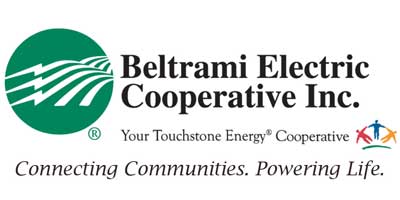Some ideas are so widely held, they appear to bear little scrutiny or even a second thought. Although often factual, such common wisdom may be based on outdated or false information. Widespread misconceptions about energy use can increase utility bills and reduce comfort. Here are five energy myths that may be costing you.
1. Setting the thermostat higher or lower will heat or cool a room faster
Most furnaces and air conditioners work at the same speed, no matter what the thermostat setting. Unless you have a variable speed blower, more energy may be wasted as the system continues to run to reach the higher or lower set point.
2. Leaving lights on uses less energy than turning them on and off
In most cases, the small surge of power needed to turn a light on is much less than the power that is wasted by leaving it on when it's not needed.
3. Closing off vents will reduce heating and cooling costs
Closing vents is not a good way to save on energy costs. Heating and cooling systems are designed to distribute air evenly; closing vents throws the system off balance. This causes pressure to build up, resulting in duct leaks that waste energy.
4. Leaving a ceiling fan on will cool a room
Ceiling fans circulate air, making your skin feel cooler. This allows you to save energy by raising the thermostat. However, they don't cool the air. Leaving them on in empty rooms wastes energy.
5. Hand washing dishes is cheaper than using a dishwasher
It's widely believed that dishwashers are convenient, but use more water and energy than hand washing. In fact, washing a typical load of dishes in a dishwasher uses 37% less water. Also, using an ENERGY STAR®-certified dishwasher, rather than hand washing, can cut your annual energy costs by more than $40, according to ENERGY STAR.
Separating myth from reality about home energy use can save you money and increase comfort. See Energy Savings at Home from ENERGY STAR for more cost-saving ideas.
